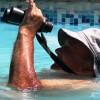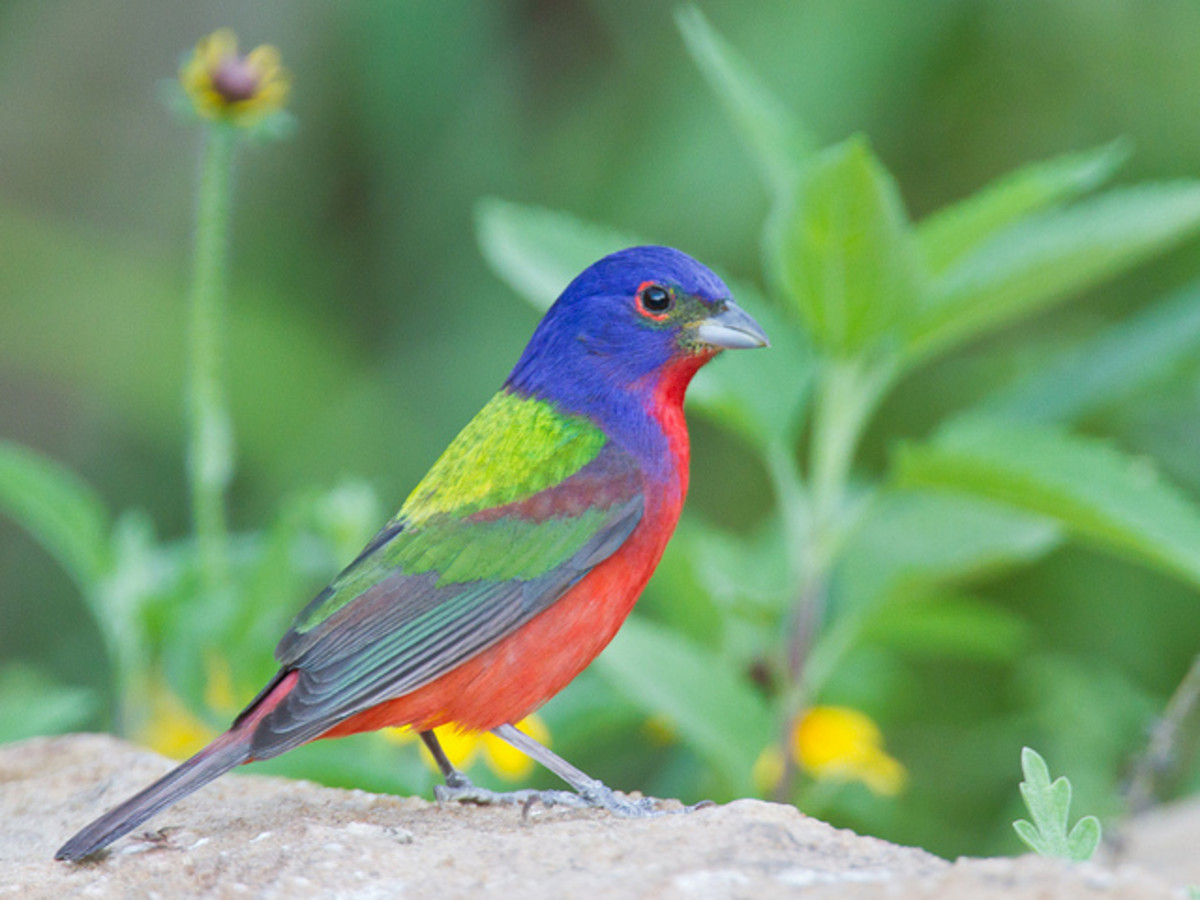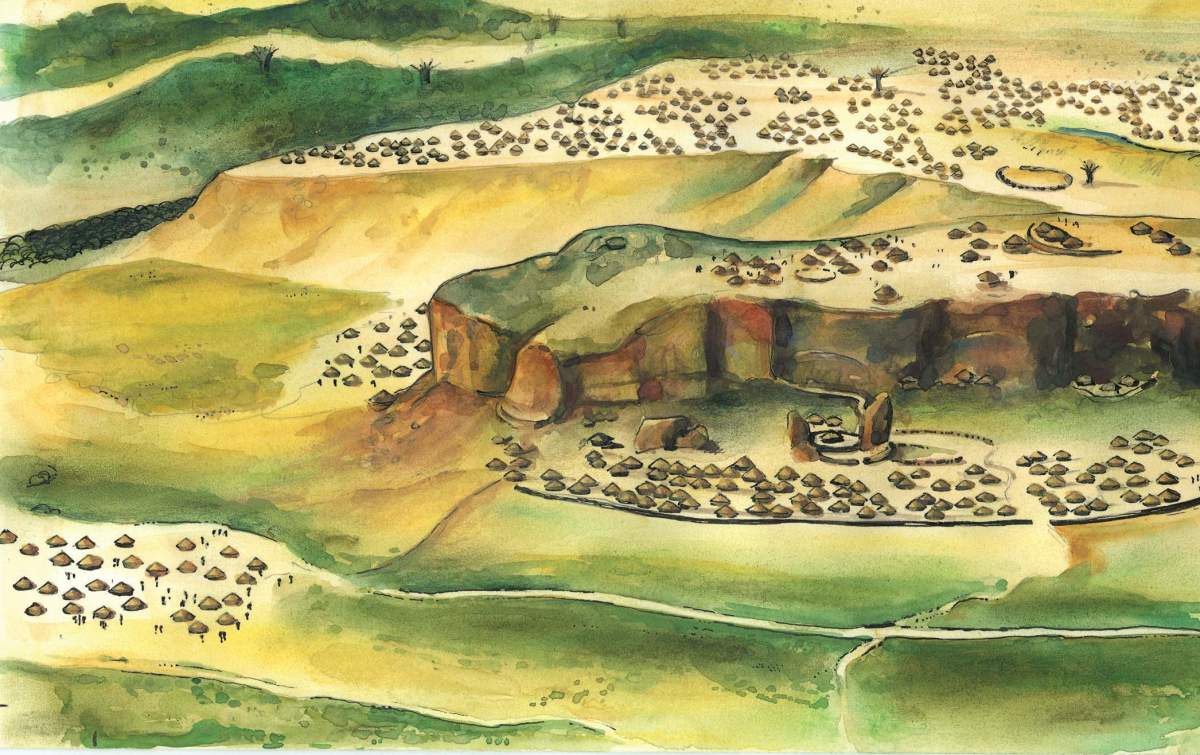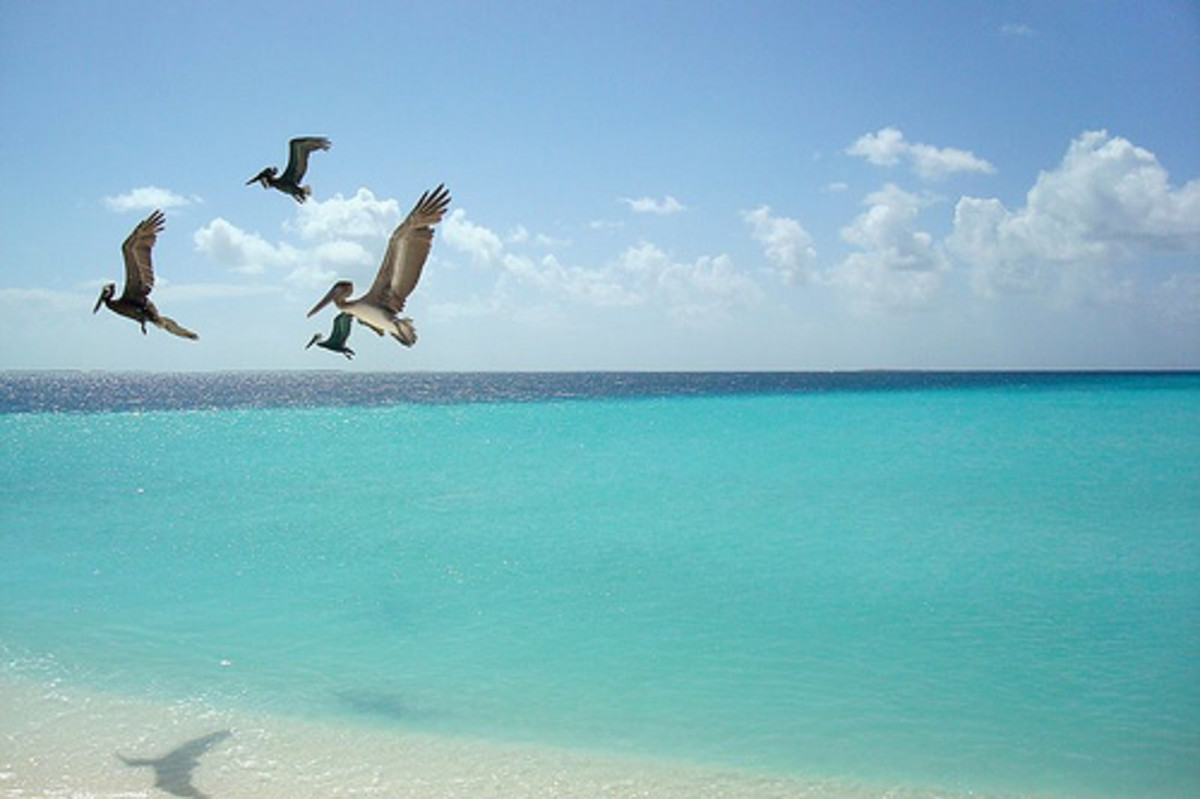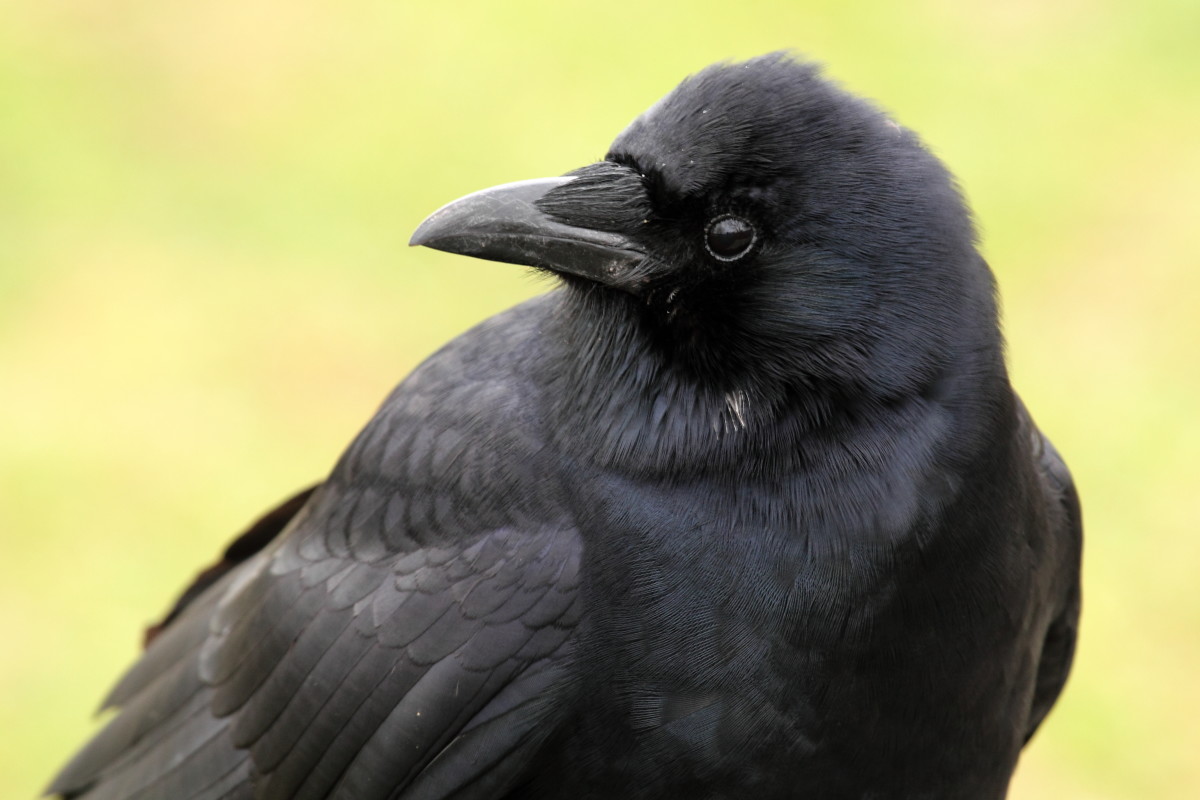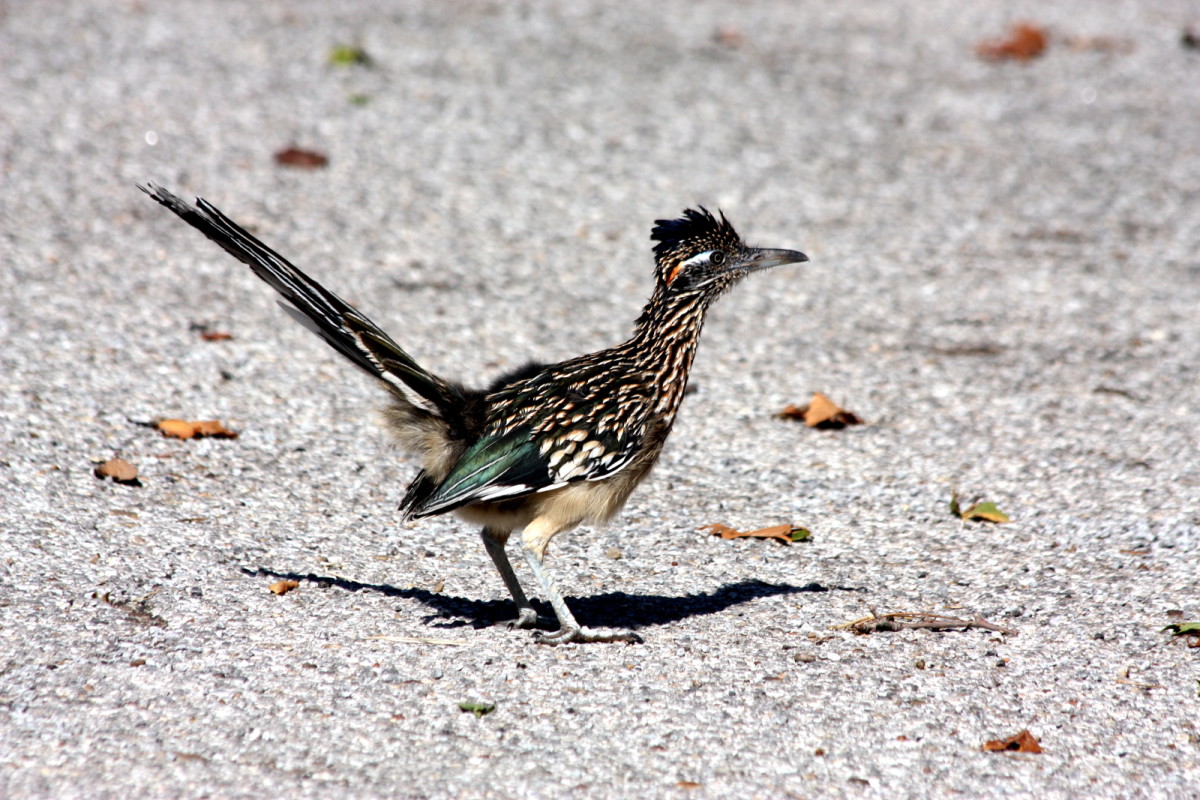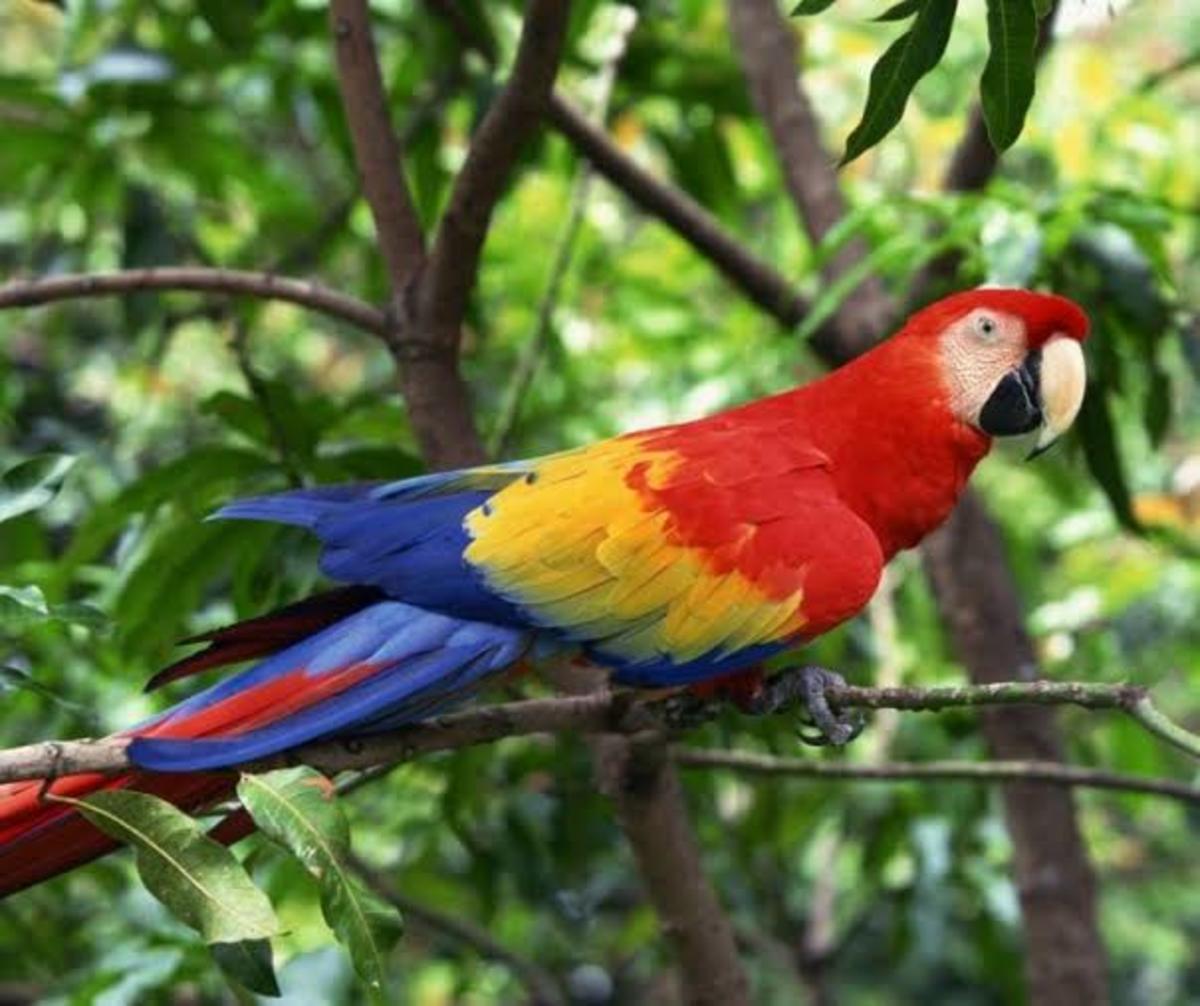Birding for South African Bird Atlas Program - Chintsa/Cefani 6/6/2013
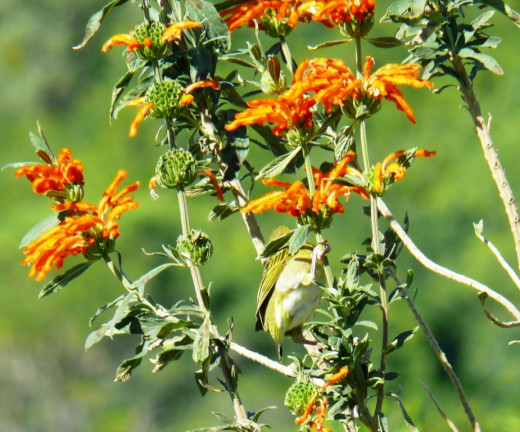
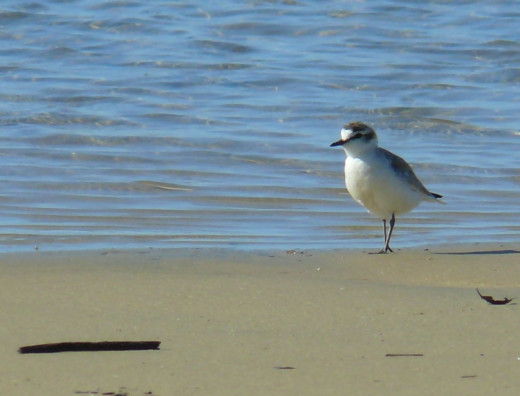
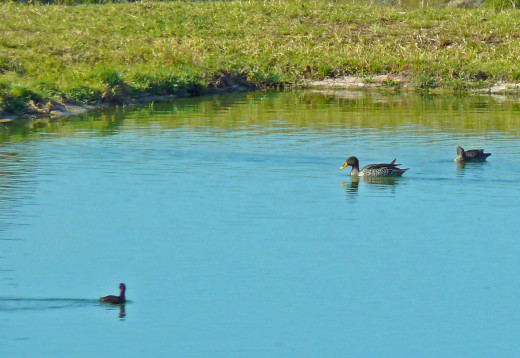
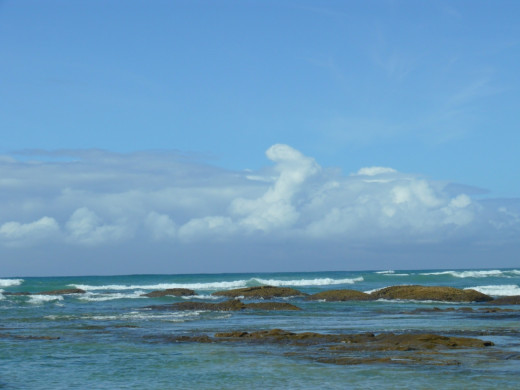
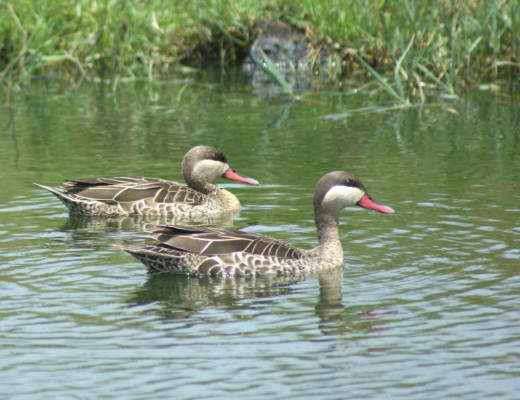
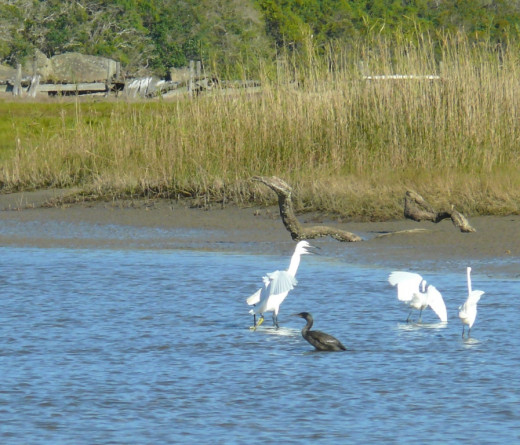
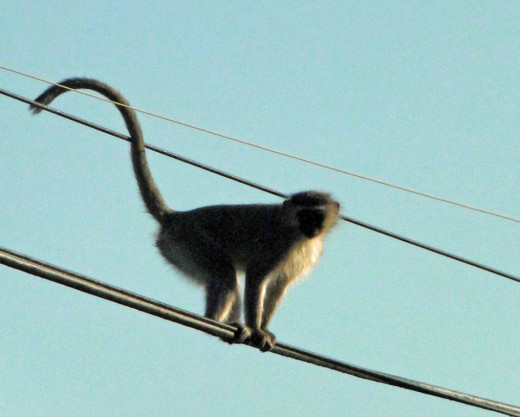
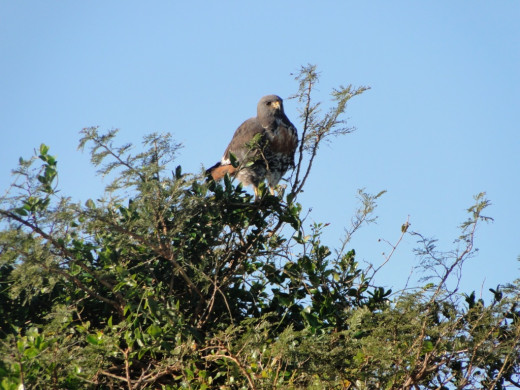
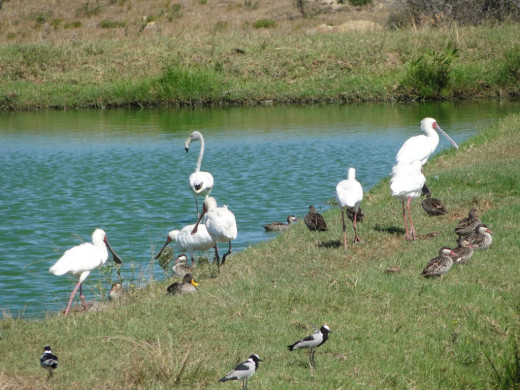
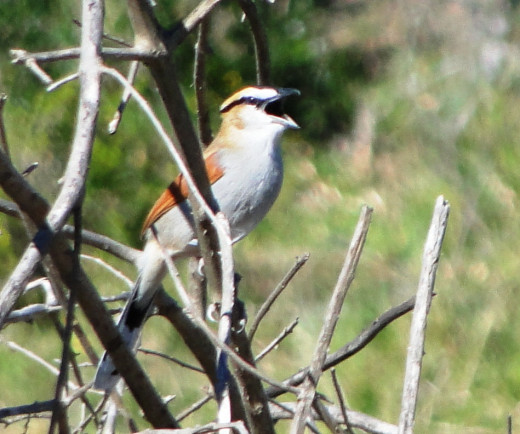
"Citizen Scientists" contributing to research
Listing Bird for the South African Bird Atlas Program –Chintsa/Cefani: 6-6-13
As part of the research into the distribution of birds in South Africa over 1000 “Citizen Scientist” volunteer to visit specific 2’x2’ areas-about 9kmx9km- (called Pentads) to draw up a list of the birds that they can identify either by sight or sound in that area. There are 1700 of these Pentads in Southern Africa. These lists are then sent in to the University of Cape Town’s Animal Demographic Unit where they becomes part of the data base for research and updating of field guides, etc.
Each list must be done over at least two hours and include as many of the habitats found in that area as possible. One is encouraged to visit the areas you take responsibility for as often as possible.
I bird three areas in the Eastern Cape, Chintsa/Cefani, Gubu Dam near Stutterheim and East London/Gonubie and one in Kwa-Zulu Natal at the Trafalgar Nature Reserve. I try to visit each area four times a year and usually manage that.
Come with me as I visit with my wife Audrey the Chintsa/Cefani area this morning for some winter birding in this coastal resort area about 45km north from our home in East London. The area includes the coast, sand dunes, coastal forest, and shrub, thorn veldt and two river estuaries.
We begin with a stop at the sewage works on the outskirts of Chintsa and begin our list with the water birds that are regular visitors or even reside in the 5 settling ponds found there. Yellow-billed Ducks, Red-billed Teal, Little Grebes (Dabchicks) and the less common Cape Shovelers are busy exploring the waters. At the entrance to the sewage works a group of Cattle Egrets are in close attendance to some cattle feeding there. Missing is the Flamingo that has been present in the area, the Spoonbills and the waders that have left for warmer climes north of the Equator. A Cape Wagtail explores the grassy banks together with the ever present Black-smith Lapwings with their unique call that gives them their name.
The road to the Cefani River mouth is a good area for coastal bush species and we find a Black-crowned Tchagra that is common in the area but not often seen because he feeds in the undergrowth. This one obliges by coming out and giving us a song. Two types of Sunbird (Amethyst and Collared) are feeding in the Wild Dagga plants that are in full bloom. We try to photograph them but the flit around and so we move on because today our mission is listing rather than photography. We stop briefly to admire two Impala that share space with the cattle in this farming area.
At the lagoon and beach area we add a Pied Kingfisher, a Kelp Gull and White fronted Plover to our growing list. Most plovers fly north for the winter but some stay for the winter and these fall in that category as they are in breading plumage. A Wood Sandpiper explores the shallows in the lagoon and is possibly also overwintering in this area even though the bird guide classifies it as a summer visitor. Perhaps the bird did not read the guide. The East Coast of South Africa is sub-tropical and at the coast the winters are mild due to the effects of the warm Mozambique Current that flows from the north. On our way back Audrey sees a rare bird in this area, an Emerald-spotted Dove, and this is an exciting addition to our list.
Our last stop is in the village of Chintsa where we bird the river, the rocky coast and the quiet streets of the residential areas. We add African Hoepoe, Green Pigeon and a few of the common birds in the area to our list that now stands at 41. A Knysna Turaco and African Fish Eagle are heard but not seen today and the Southern Boubou also calls from the thick forest.
For winter a list of 44 is not bad in two hours of birding and we make our way back to East London satisfied that we have contributed in a small way to a better understanding of the fascinating world that makes up the beautiful bird life in our area.
